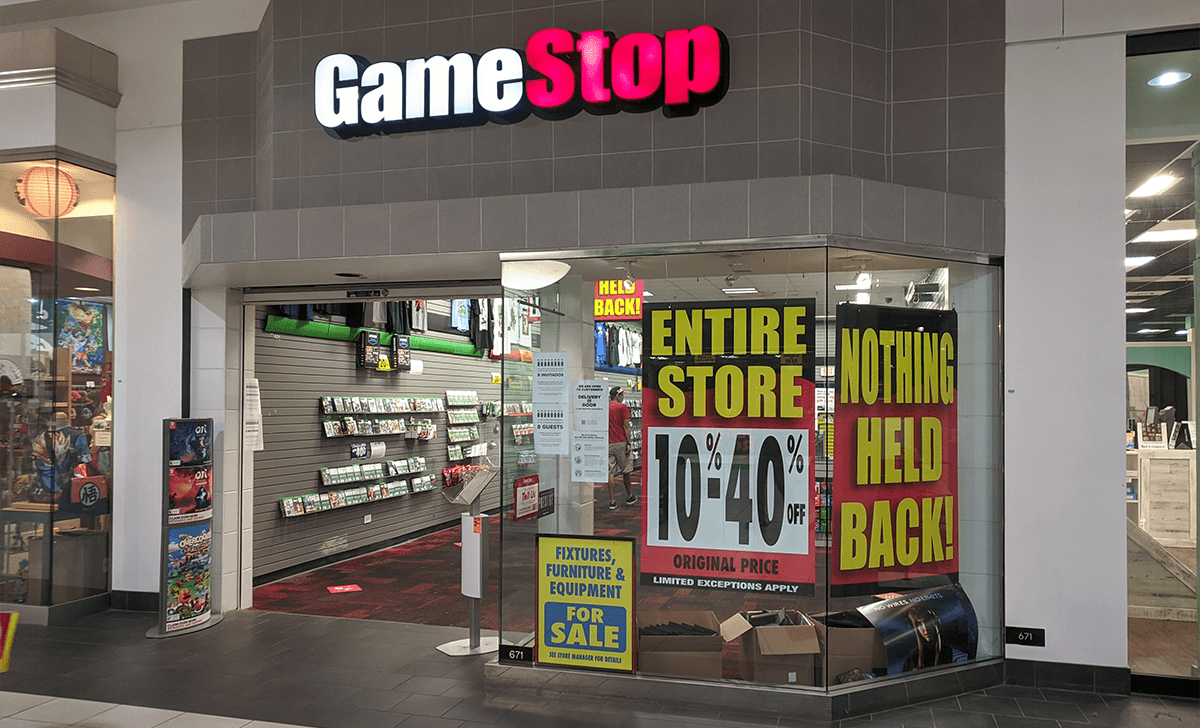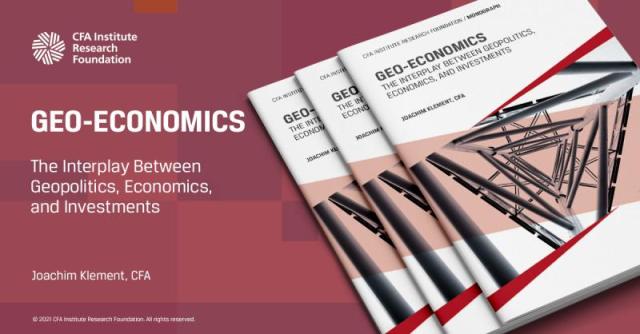[ad_1]
By now, another GameStop-related opinion piece about how retail traders ruined short sellers and cost hedge funds a reported $23.6 billion is probably the last thing you want to read. Don’t worry, this op-ed is a bit different, because I think the short sellers have won and the retail traders lost.
Let me explain why.
Everyone knows the story. GameStop was in trouble for a long time and thus a prime target for hedge funds selling shares short in hopes of profiting off the company’s demise. Then, retail traders on the subreddit WallStreetBets talked about how they made money betting on GameStop and an avalanche of small trades came in. On platforms like Robinhood, retail traders pushed the stock ever higher, creating a frenzy that caused both a short squeeze and a gamma squeeze in the options market. Now the retail traders who went into GameStop are celebrating their victory. The stock has risen 1,642% in 2021.
There is just one problem.
A successful trade consists of two actions. First, you have to buy a stock that then increases in price. Then you have to sell that stock at a profit and lock in those gains. The beauty of investing is that it is a race that has no finish line. There is no point at which everyone can assess their profits and losses and compare themselves to others. Markets go on all the time and while you might be ahead one day, you can easily lose everything the next.
This is a particularly important lesson to heed in a bubble. There is no doubt that GameStop is in one right now. But there are so many different ways to define bubbles. Maureen O’Hara, the 2020 winner of the CFA Institute Research Foundation’s Vertin Award, provided an insightful analysis of the various meanings in a recent Washington Post column.
To me, a bubble’s most interesting phenomenon is what John Kenneth Galbraith called “the bezzle,” or the “period when the embezzler has his gain and the man who has been embezzled, oddly enough, feels no loss. There is a net increase in psychic wealth.” We are in the GameStop bezzle now: The short sellers have already won, but the retail traders feel no loss.
Without a doubt, the hedge funds that had short positions in GameStop lost a lot of money. But there’s an interesting observation embedded in the trading volume of GameStop shares. Towards the end of last week, it plunged by about two thirds between 26 and 27 January. Then, when Robinhood and other platforms briefly blocked traders from buying GameStop, the stock fell more than 60% before it started to recover. In that time frame, trading volume also dropped significantly.
This is no proof, but it indicates that the short squeeze is over. By now, GameStop shares are entirely the domain of traders and speculators. No short seller or any self-respecting institutional investors is still in the stock. We have entered the phase of the bubble when traders can only make money if they find a greater fool who is willing to buy the shares they are trying to sell in hopes of finding an even greater fool to sell the shares to later.
Forgive the pun, but at some point, this GameStop greater fool game will stop. Every bubble in history eventually comes to a point when there just isn’t enough fresh money flowing in to sustain it. And no social media hype can stop that.
I started my career as an investor during the tech bubble of the late 1990s. Back then, Reddit didn’t exist, so people hyped stocks on Yahoo! Finance boards and other platforms. The mechanism was the same, even if a smaller number of people had access to the internet and so the bubbles were smaller too. We know how that story ended. And we know that it wasn’t the short sellers who lost their money. In the end, the losers were the last fools in line, those who owned bubble stocks with no greater fool to sell them to.
If you own GameStop shares today, you’ve already lost most of your money, you just don’t know it yet. The short sellers have left the market. But don’t for a minute think they are licking their wounds in defeat. They are regrouping and likely already circling GameStock again, waiting for the right time to sell it short at a much, much higher price than their original short. And when the bubble pops, they will make billions in profits while retail traders will lose billions.
The irony of it all is that to sell GameStop shares short, these traders will have to borrow them from their current owners. And many retail traders don’t know that they have signed terms and conditions with their custodians that allow them to lend the securities in their portfolios to other investors for a fee, none of which ends up in the traders’ accounts, of course. So these traders are going to lend their shares to the very people who will eventually bankrupt them.
For more from Joachim Klement, CFA, don’t miss Geo-Economics: The Interplay between Geopolitics, Economics, and Investments, 7 Mistakes Every Investor Makes (And How to Avoid Them), and Risk Profiling and Tolerance, and sign up for his Klement on Investing commentary.
If you liked this post, don’t forget to subscribe to the Enterprising Investor.
All posts are the opinion of the author. As such, they should not be construed as investment advice, nor do the opinions expressed necessarily reflect the views of CFA Institute or the author’s employer.
Image credit: Cropped image, courtesy of Keith C. License.
[ad_2]
Image and article originally from blogs.cfainstitute.org. Read the original article here.



